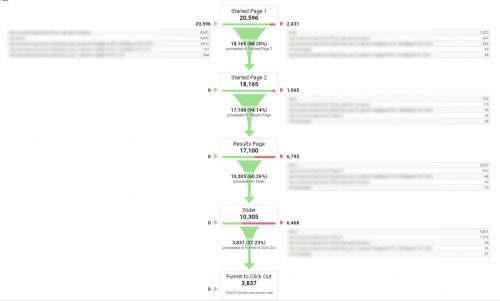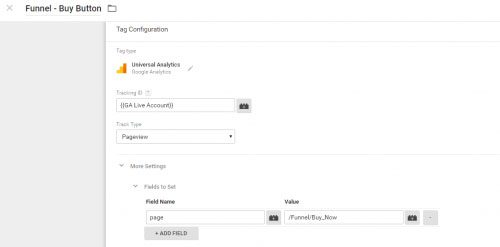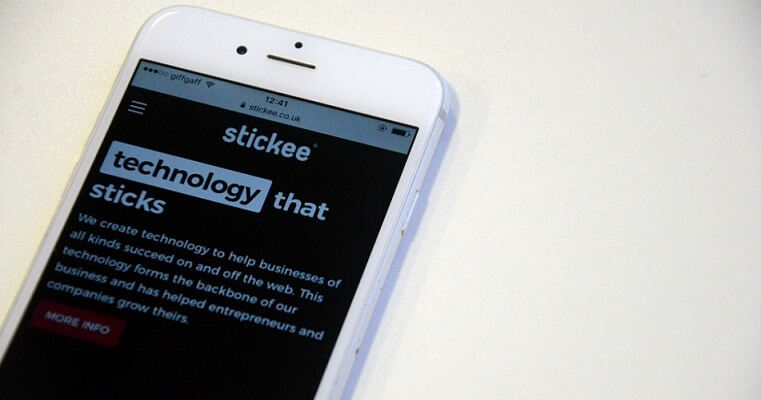
If you have a website where you want people to take an action, like buy something, subscribe, click to an affiliate etc then Goal funnels are one of the most useful tools in Google Analytics.
Goal funnels show you how many people complete each stage of a conversion process. This can provide really valuable insight into where you might be losing people. Here’s an example:

I won’t go over setting up goal funnels, there are plenty of great articles covering that but what I want to address is a Tag Manager trick that lets you do a little bit more.
Google Analytics only allows you to use page loads as steps on a funnel. So, if you have a single page application or steps in your conversion process that don’t involve page loads standard goal funnel setup won’t work.
For situations like concertina steps on a checkout page, a modal popup or when the last step is a click to a third party site, you need a slightly different approach. In the example above, the first two steps are on the same URL, step 3 is a new page, step 4 is a modal popup and step 5 is a click to a third party site.
Using Google Tag Manager, you can pass a dummy page load to Google Analytics when an event you want to include in a funnel occurs and use that as a funnel step.
First, create a GTM trigger to fire whenever the event you want to track happens. Next, add a new Analytics tag using that trigger and set it up like this:

Under More Settings > Fields to Set, enter Field Name = page and under value put a page location.
Make this page location easily identifiable, if you’re setting up more than one then consider putting them in a unique subdirectory like /goal-funnel/my-page so that you can easily filter them in your main Analytics reporting.
Now, whenever the tag fires, Google Analytics will see it a page view for the page location you specified, this page doesn’t exist but you can use it as part of a funnel.
One last snippet; when you set up the main goal destination you have to specify a match type, you can select Equal To, Begins With or Regular expression. Whichever one you choose applies to all the subsequent funnel steps so choose your match type and page locations accordingly.
We love solving problems, so get in touch with our team if you need some expert advice on any related issues.



